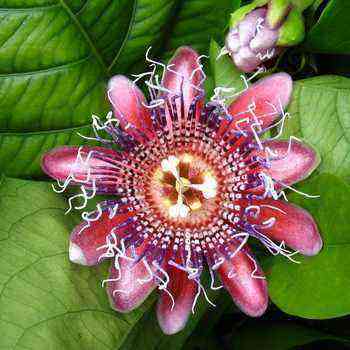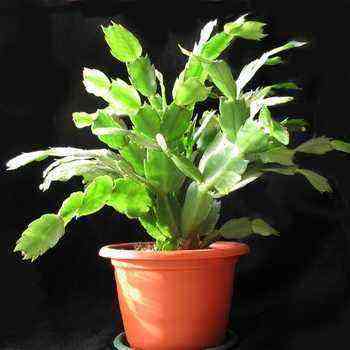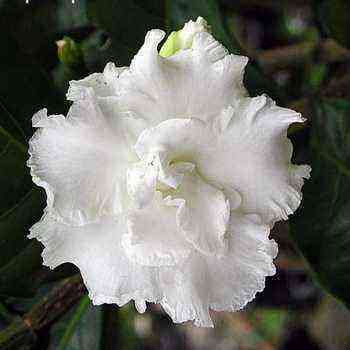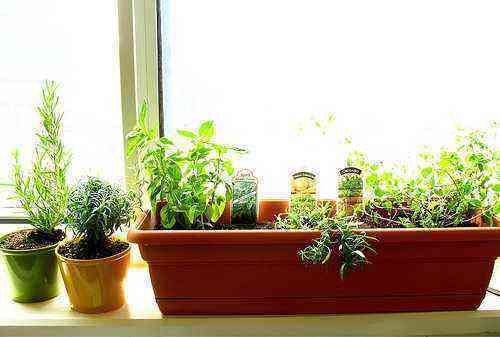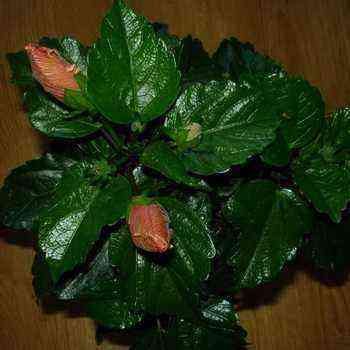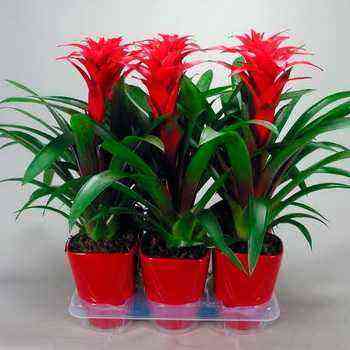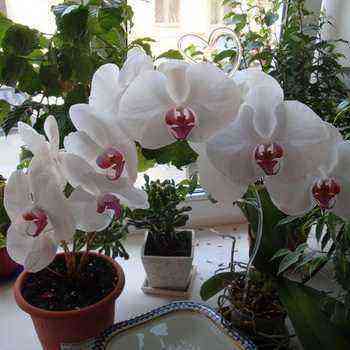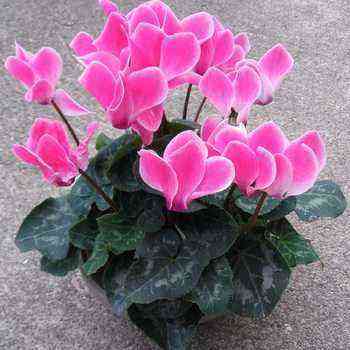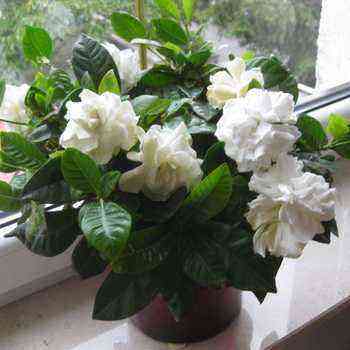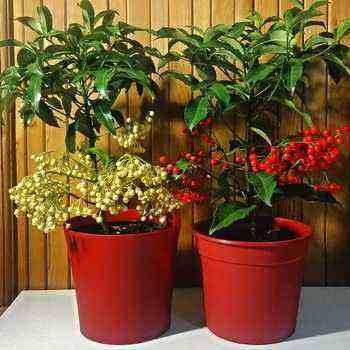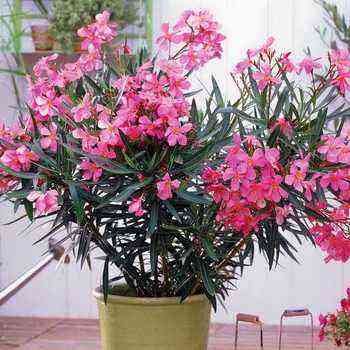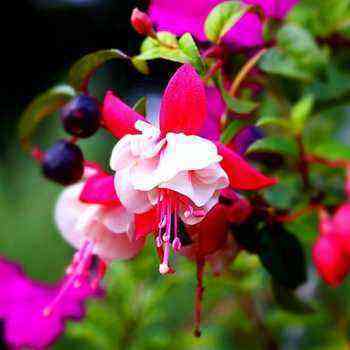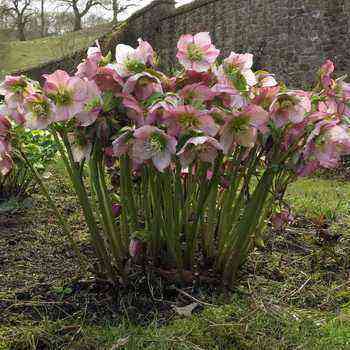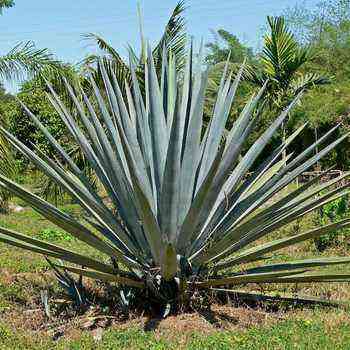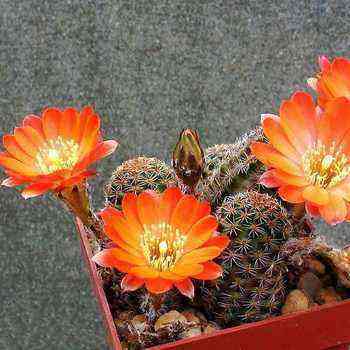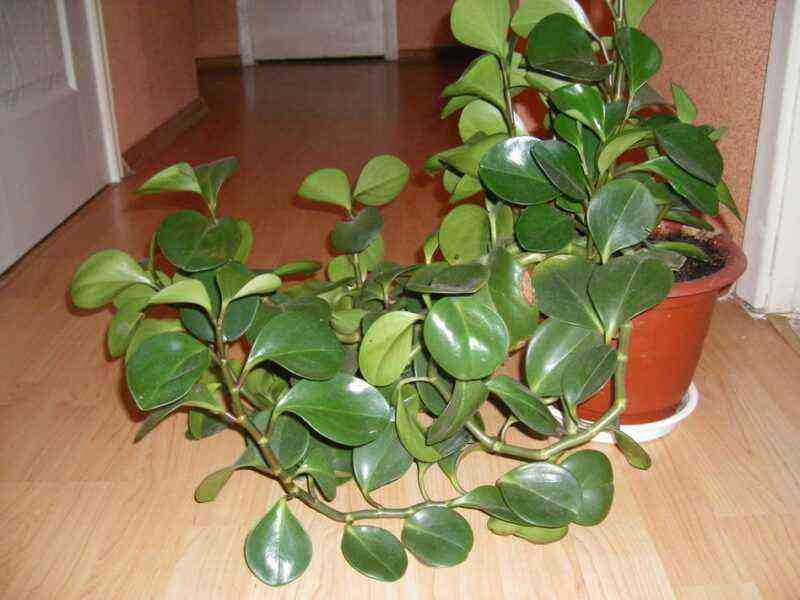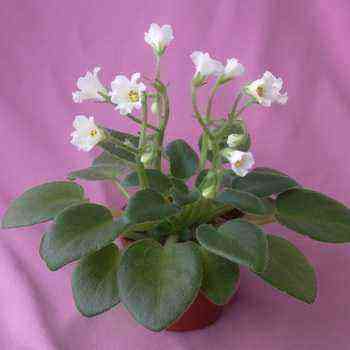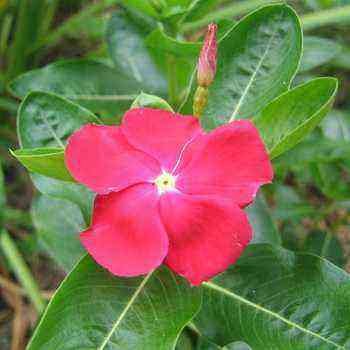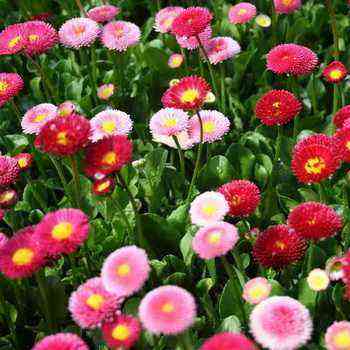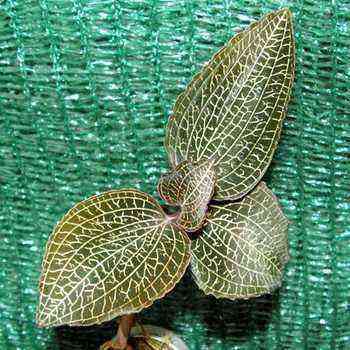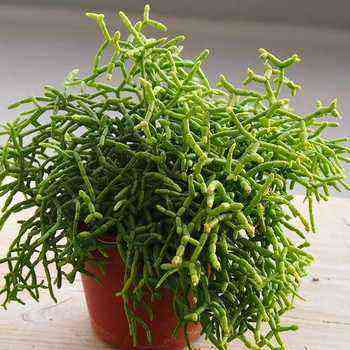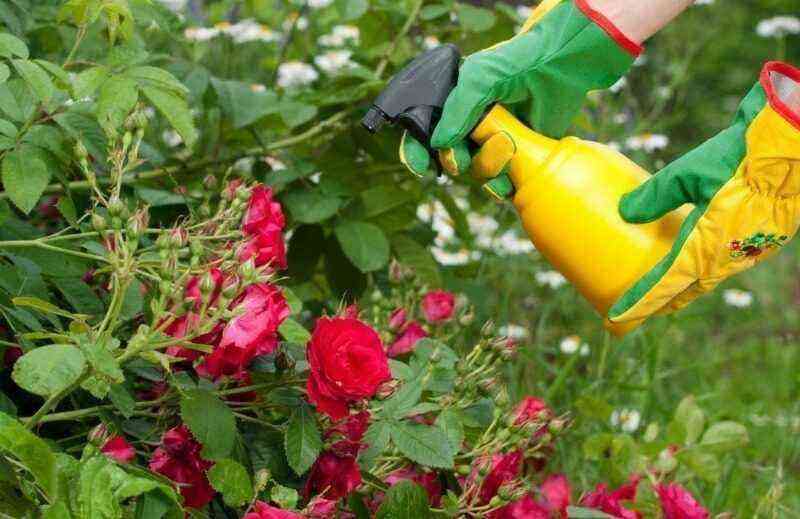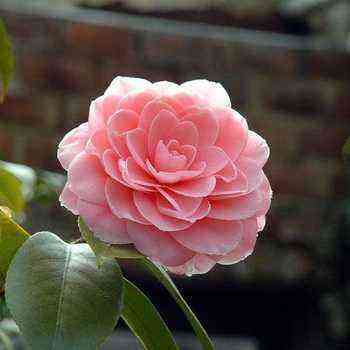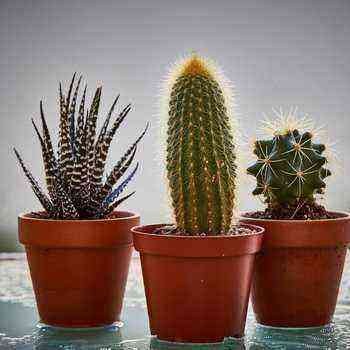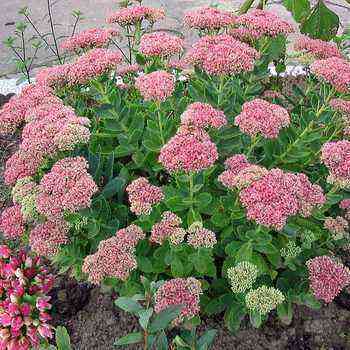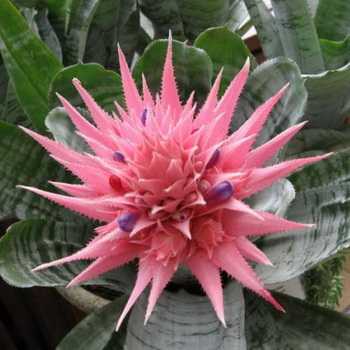 Ehmeya (Aechmea) belongs to the Bromeliad family.
Ehmeya (Aechmea) belongs to the Bromeliad family.
Homeland – tropical forests of Central and South America. The indoor flower ehmeya is an extremely spectacular and original plant. Leathery curved leaves are collected in a funnel, from the middle of which a peduncle appears. The houseplant ehmeya blooms with very showy capitate inflorescences.
Types of room ehmea
More than 300 species of this ornamental flowering plant are known. Florists call the most popular types:

Ehmeya brilliant, or sparkling (A. fulgens)… This is the most fastidious and capricious species. The flowers are colored coral with a blue tint at the edges.

Ehmeya bearded (A. caudata). Differs in a long peduncle with a whitish bloom. The inflorescence has the appearance of a panicle of yellowish-golden color.

Echmea curved (Aechmea recurvata). It is characterized by long narrow leaves that grow together into a tube and form a rosette. Large thorns are located along the edges of the leaves, the main part of them has a smooth surface. Aechmea recurvata has a very beautiful flowering, usually bright red in color. The peduncle is located 15-20 cm higher from the rosette of leaves.

Ehmeya shaggy (Aechmea comata). This plant in the world of floriculture is also known under such a name as Ehmeya Linden. The leaves of this species are long with finely toothed edges.
Sometimes they can reach up to 1 m in length. The leaves are very densely located on the stem, creating a rosette. Flowering occurs in the winter. Aechmea comata has bright yellow flowers and red bracts. The inflorescence is very large, looks like a multi-tiered spike.
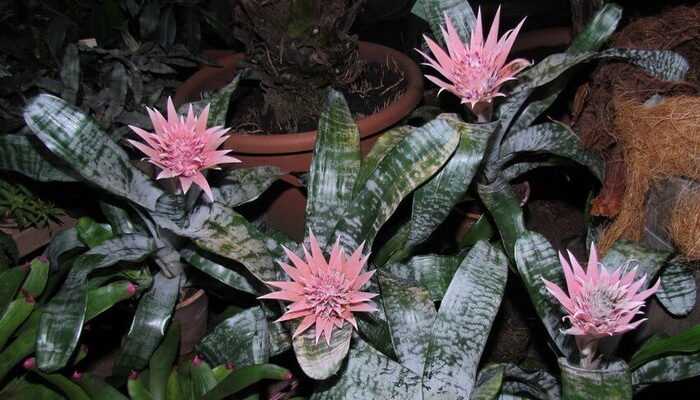
Ehmeya Weilbach (A. weilbachii). The leaf plates are characterized by a green color, which turns into a copper-red at the base.
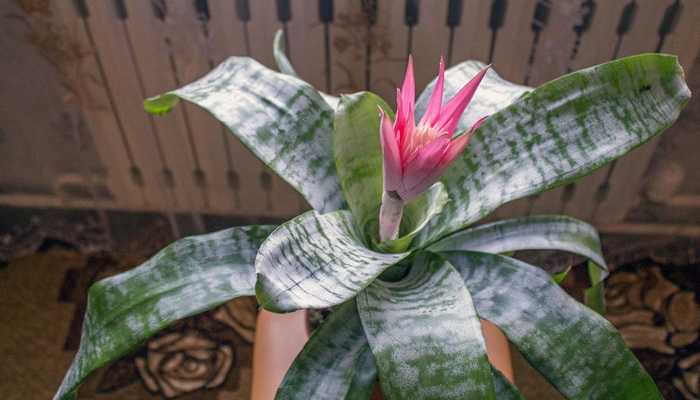
Ehmeya striped (A. fasciata). A distinctive feature of this type of indoor plant is the blue flowers, which become reddish over time.
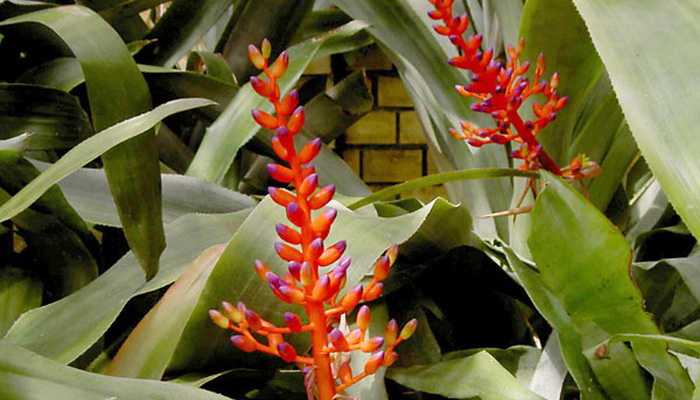
Ehmeya matte red (Aechmea miniata). It is considered the most hardy type of echmea houseplant. It is characterized by long narrow leaves, approximately 50 cm long, which form a funnel-shaped rosette.
Aechmea miniata has a very interesting color of leaves: they are light green above and purple below. The flowers are matte red, two-colored. The petals of the species are light blue, and the sepals are dull red.
Other types of domestic echmea are also known – Example, Aechmea distichantha, holosteel.
How to care for an echmea flower at home
The home flower of the echmea is a thermophilic plant, but at the same time it needs a bright place protected from direct sunlight. At home, flower growers often create an artificial shade for the plant using blinds or curtains. During the winter season, when daylight hours get shorter, there may not be enough daylight for the echmea. Then, when growing and caring for an echmea flower, artificial lighting is used. An ultraviolet lamp is placed near the pot with the plant, which in winter should work at least 5 hours a day. If possible, the best place to grow room echmea will be the sill of the east or west window.
In winter, the temperature of the content is not lower than 18-19 ° C. In the spring-summer season, the air temperature in the room where the ehmeya is located should not fall below +20 ° С, optimally +28 ° С. The difference between the air temperature during the day and night will benefit all species of this houseplant.
How to care for an echmea flower in the spring? In the spring and summer, it is abundantly sprayed with settled water. The substrate is leafy soil, peat, sand, chopped sphagnum (1: 1: 1: 0,5). For some time, this exotic representative of the flora can tolerate dry soil and air, but in this case, it is necessary to regularly spray the leaves with clean, settled water.
With the arrival of summer, the leaves of the plant need to be moistened daily. To provide the specimen with enough moisture, the pot can be placed in a tray with wet stones.
Airing the room where this exotic crop is grown is a must for all varieties of the species. To provide this representative of the flora with a fresh stream of air, open the windows in the house for a while every day. Adequate oxygen will allow the plant to develop properly.
Watering the soil and feeding ehmeya
Unlike many bromeliads, echmeas are relatively easy to care for. In spring and summer, watering ehmeya should be abundant. In summer, there should always be water in the funnel of leaves. In winter, watering is moderate. Top dressing with complex fertilizer should be carried out twice a month. To do this, use fertilizers made specifically for bromeliads. If at this frequency you apply fertilizer to the soil of a houseplant, the flower will always remain lush and fresh. Ehmeya needs feeding only in spring and summer, in winter and autumn there is no need to feed the plant.
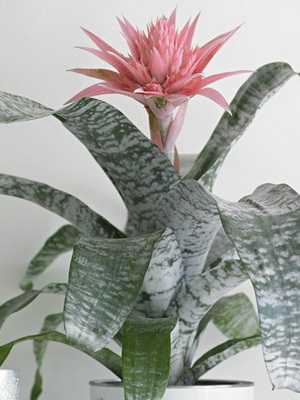
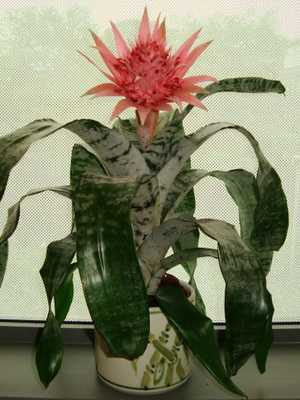
It’s importantIn order for watering to be regular, you should not wait for the soil to dry out, the soil must always be wet.
Reproduction of ehmea by seeds
Reproduction of echmea at home is carried out in two ways:
- basal offspring that form after flowering;
- seeds.
When choosing the second method of propagation of this exotic culture, it should be understood that it will bloom only 3-4 years after the seeds are sown. If you choose the first method – reproduction of echmea by shoots, the plant will bloom in 1-2 years.
To propagate ehmeya by seeds, you must adhere to the following rules and recommendations:
- Seeds should be sown in light peat soil. The soil should be well moistened all the time, the air temperature should not fall below + 23-26 degrees.
- Cover the container with seeds from above with foil or glass. Every day, this shelter must be removed for 10 minutes to provide the soil and seeds with sufficient oxygen.
- Containers with seeds should not be placed on the windowsill, where direct sunlight falls. A dark room is not suitable for this type of propagation of this exotic plant; a sunny and slightly shaded place is ideal.
- When 1-2 leaves appear on the shoots, young plants dive into separate small containers. When growing seedlings, the air temperature should not fall below +22 degrees.
Reproduction of echmea by shoots: how to plant children
Vegetative reproduction, which consists in transplanting echmea babies, should be carried out in March. For this, growers use both young shoots with several leaves, and adults who have formed their own roots.
If you do not know how to plant echmea babies, follow these step-by-step instructions:
- An adult plant, together with the children, is carefully removed from the pot along with an earthen lump.
- The lateral processes are separated with a sharp knife along with the roots. The place of the cut is sprinkled with crushed activated carbon.
- Prepare containers with a diameter of no more than 7-9 cm. Fill them with a soil mixture: 2 parts of leafy soil, part of peat and part of coarse sand.
- After the children are planted, they are covered with a small glass container (a glass is suitable) to create a greenhouse effect.
- The container with children is placed in a bright and warm place.
- When the plants take root, they are transplanted into a large pot and cared for as an adult.
How to plant ehmeya at home after transplanting children
Not all novice flower growers know how to plant an ehmeya, but such a procedure during care may be necessary every year. It is important to adhere to one rule – this exotic culture can be transplanted only in spring.
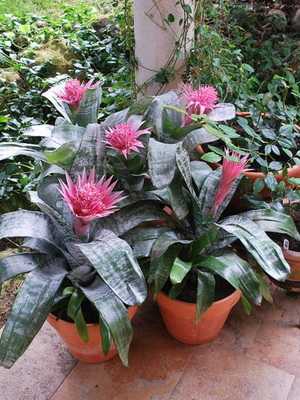
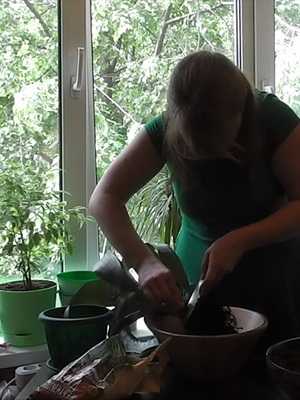
When preparing for transplanting echmea at home, you should choose the right pot. It should not be much larger than the previous one, a difference of a few centimeters on all sides in diameter is enough.
Once the pot is selected, prepare the soil for the ehmea. The following potting soil is suitable for this plant:
- sod land;
- leafy land;
- humus;
- sand.
To prepare the potting mix, these components must be taken in this ratio – 2: 2: 1: 1.
Experienced flower growers recommend adding small particles of charcoal or crushed tree bark to the soil to create more comfortable and favorable conditions for home cultivation of echmea. To exclude stagnation of water at the level of the earthen coma, a drainage layer must be placed on the bottom of the pot.
Immediately after transplanting the plant, the pot should be placed in a slightly shaded area. Echmeya does not need to be watered for 2-3 days after transplantation.
Why ehmeya does not bloom and what to do: how to make a plant bloom at home
Echmea bloom at home, when the plant is properly cared for, lasts from May to October. Some varieties of this type of bromiley can bloom in November-December.
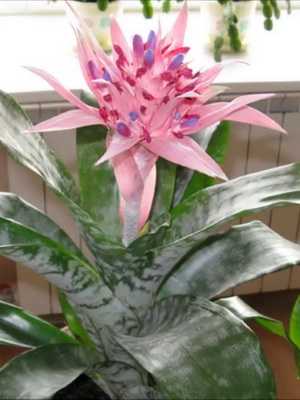
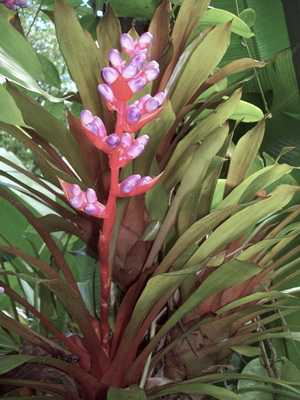
Echmea blooms only once in a lifetime, after which the plant lives from six months and a little longer. Many growers are faced with the problem of the lack of flowering of this exotic indoor culture. There are several reasons why ehmeya does not bloom, each of them is associated with improper care of the plant:
- insufficient air humidity;
- lack of sunlight or, conversely, direct sunlight on the plant;
- low air temperature;
- the presence of diseases and parasites;
- young age – the plant blooms no earlier than 1-2 years after planting;
- too large a container in which the flower grows;
- lack of a dormant period.
If you don’t have ehmeya blooming, the first thing to do is to provide proper care. Also, experienced flower growers share little tricks on how to quickly make ehmeya bloom:
- Put fragrant apples and oranges near the pot and cover everything with plastic wrap. It is believed that the gas emitted by these fruits accelerates the flowering process of this exotic crop.
- The daily temperature drop sometimes helps to stimulate flowering. To do this, at night, a pot with a flower can be taken out to the balcony or to another place where the air temperature is lower.
- You can put a small piece of calcium carbide in the funnel. When it interacts with water, the same gas is formed as that produced by oranges and apples – ethylene.
Diseases and pests of ehmea
In the process of growing and caring for this flowering plant, many growers face some problems caused by the development of diseases and pests. All possible parasites that infect ehmeya, their manifestations and control measures are presented in the table below.
| Pest | Manifestations | Control measures |
| spider mite | Small arthropod parasites that entangle the leaves of the plant with their cobwebs. Affected leaves become thinner, wither, turn yellow and fall off, and the flower itself looks lifeless and weak. | Treatment of leaves and stems with Decis or Phosbecid preparations. A sufficient level of soil and air moisture is a preventive measure against spider mites. |
| Shield | Insects are small in size, which on plants look like dark plaques, leaving behind sticky marks. With the development of these pests, echmea begins to lag behind in growth, its leaves turn yellow and dry out completely. |
|
| Mealybug | They affect the ground part of the plant, look like small insects. Outwardly, pests look like scraps of cotton wool. When echmea is affected by a mealybug, the development of the plant stops. | |
| Root worm | At the root collar, this pest forms egg-laying, which leads to decay of the root system. |
With a strong defeat of an indoor flower with a root worm, it is not possible to save echmeya. |
| Root rot | The disease usually develops as a result of an excess of moisture in the soil. The disease manifests itself as yellowing, darkening, wilting and falling leaves. |
If the roots are very soft and darkened, the flower cannot be saved. |
